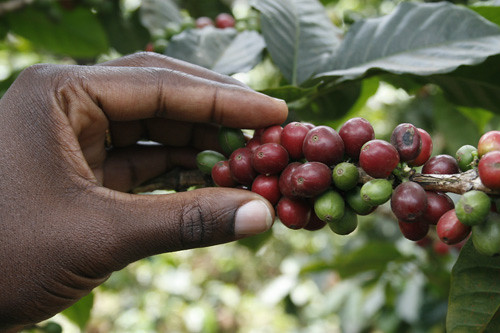
By George Munene
Simon Musyoka invested up to Sh8 million in setting up the Sunsweet factory in Kitui Central that processes mangoes into flakes for export to the United States. The factory has helped farmers avoid the usual losses they experience every mango season.
Sunsweet buys mangoes from farmers at a minimum price of Sh15 per kilogram which is recommended by the Kitui County government; this represents a fairer value to the three shillings per piece gotten from brokers.
The factory also sources mangoes from Lamu, and Kilifi counties.
The mangoes are processed into flakes that fetch up to Sh500 per kilogram to the Sh15 gotten from raw mangoes
“I started drying mangoes with expertise I got on value addition from training at Jomo Kenyatta University. As I have some 100 trees I have to source most of my mangoes from other farmers,” says Musyoka. He also encourages mango farmers to form cooperatives to be able to sell their produce at scale which gives them greater bargaining power.
Related News: EU Project creates export market for mango farmers in 12 counties
Related News: Kenyan mango farmers resume exports to lucrative European market
The mangoes are harvested from farms and brought in by farmers to the factory where they are washed and put into cold rooms. They are then taken to the factory for peeling, slicing, and solar drying.
“We are taking advantage of the Ukamabani sunshine, often seen as a problem to farmers, but can be tapped for fruit and vegetable drying. Mango flakes are a unique offering that we hope will give us an edge in both the local and international markets; juices compete with a lot of other drinks in the market. Our flakes will soon be on the market and we hope as people eat chips and crisps, they also give the nutritious Kitui mango flakes a bite,” says Dr.Temi Mutia, a value chain addition specialist at Kitui.
“We are also holding training of trainers teaching camps for select members of ten farmer cooperatives with up to 4,000 members drawn throughout the county with close to 80,000 mango trees. The TOTs are then expected to train members at their cooperative level on cultivation and harvesting best practices as well as proper handling and transportation of mangoes post-harvest.
Related News: Banana farmer avoids mango season losses through desuckering
The factory is privately owned but has been incorporated as part of a joint JKUAT, Kitui County, and European Union Sustainable Transition to Entrepreneurial Production in Agriculture through Upgrading (STEP-UP) project. The program hopes to realise ways of adding value to mangoes; given the usual bulk production over a single season that results in a market glut which as well as poor post-harvest storage methods, leads to losses of up to 50 percent of the fruit produced in the county.
Sunsweet Fruit farm: +254-723324199
Write comment (0 Comments)
















